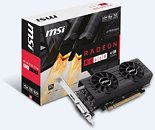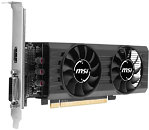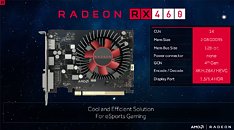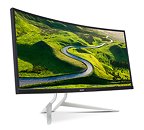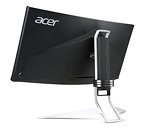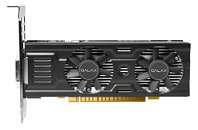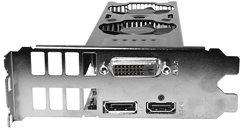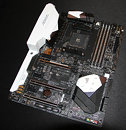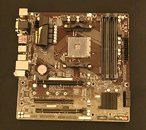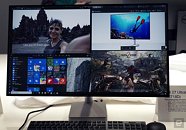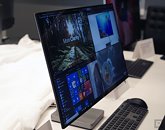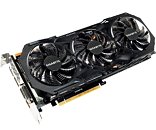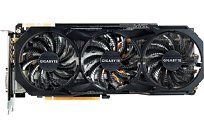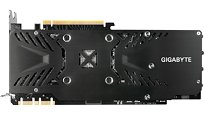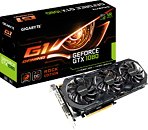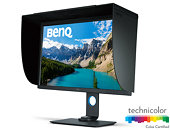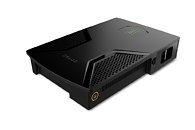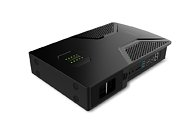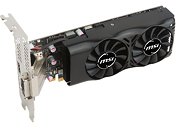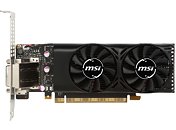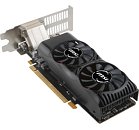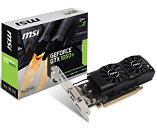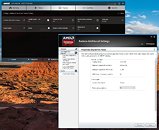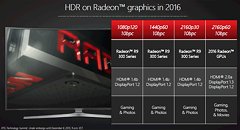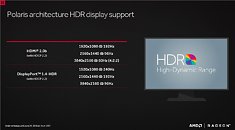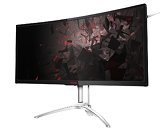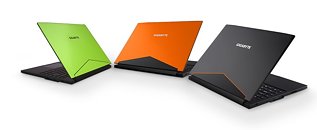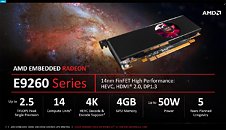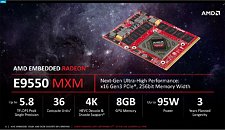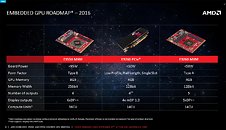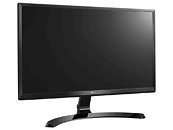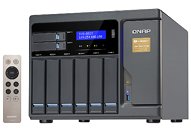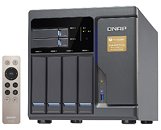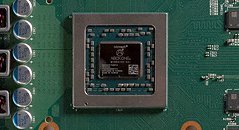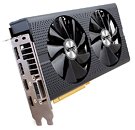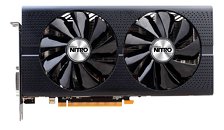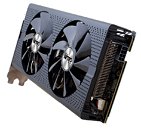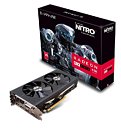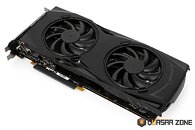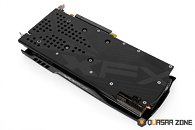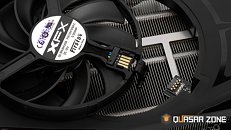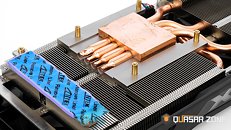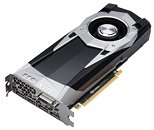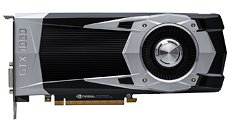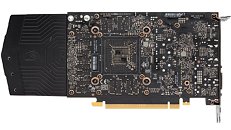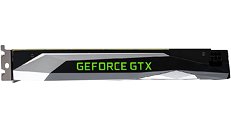
Pre-orders Available for LG's 32UD99 Display: 4K, HDR10, Freesync for $999
The 32UD99 is to be LG's flagship consumer monitor, if its specs are anything to go by. And while it isn't mainly marketed towards gamers, it seems to be a good bet for image quality enthusiasts, ticking the 4K, HDR10, and Freesync (between 40 and 60 Hz via DisplayPort) boxes in a 32" panel. The LG 32UD99 carries a IPS panel with a native 3840×2160 resolution, and its 1.07 billion colors cover more than 95% of the DCI-P3 color space, and 100% of the sRGB gamut - with factory calibration to boot. The panel features 350 nits typical brightness, a neither great-nor-bad 5 ms response time, a 60 Hz refresh rate for those who don't need a million frames in a microsecond, and the 178° viewing angles that are par of the course for IPS.
The monitor's stand supports Tilt (2~15°), pivot (90°) and height (110 mm) adjustments. Input-wise, it features 1x DisplayPort 1.2, 2x HDMI 2.0a (HDCP 2.2), 1x USB Type-C (with DP 1.2 support), and a 2-port USB 3.0 hub with support for Quick Charging. There is also a pair of 5 W speakers. Availability is expected in late May. And it's a good thing this monitor is such a looker up-front, because its profile somewhat reminds me of Quasimodo.
The monitor's stand supports Tilt (2~15°), pivot (90°) and height (110 mm) adjustments. Input-wise, it features 1x DisplayPort 1.2, 2x HDMI 2.0a (HDCP 2.2), 1x USB Type-C (with DP 1.2 support), and a 2-port USB 3.0 hub with support for Quick Charging. There is also a pair of 5 W speakers. Availability is expected in late May. And it's a good thing this monitor is such a looker up-front, because its profile somewhat reminds me of Quasimodo.






